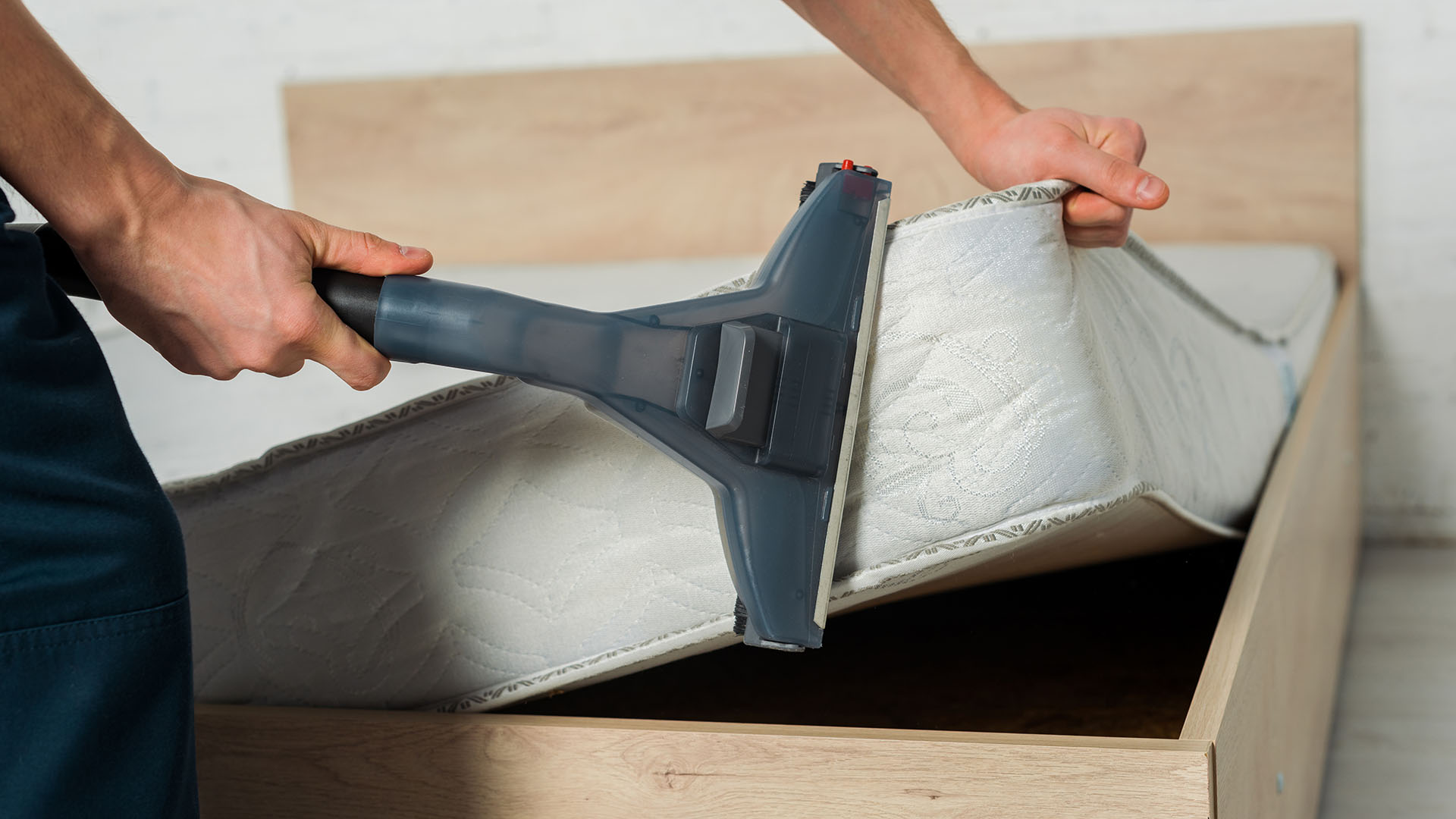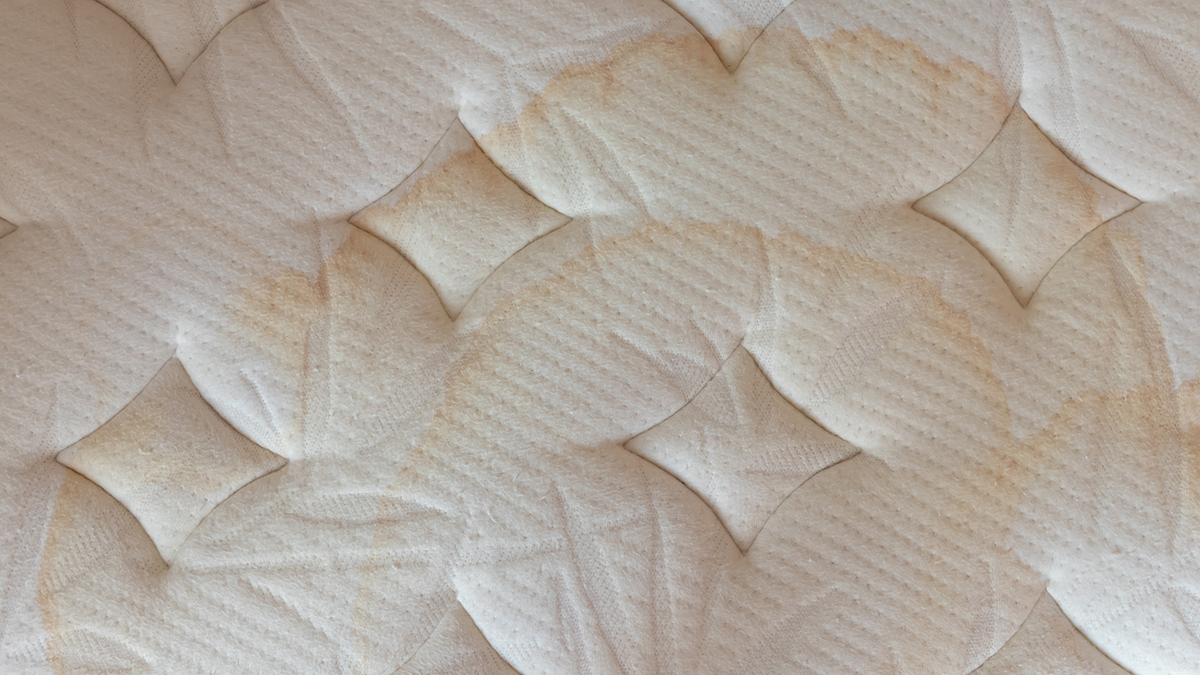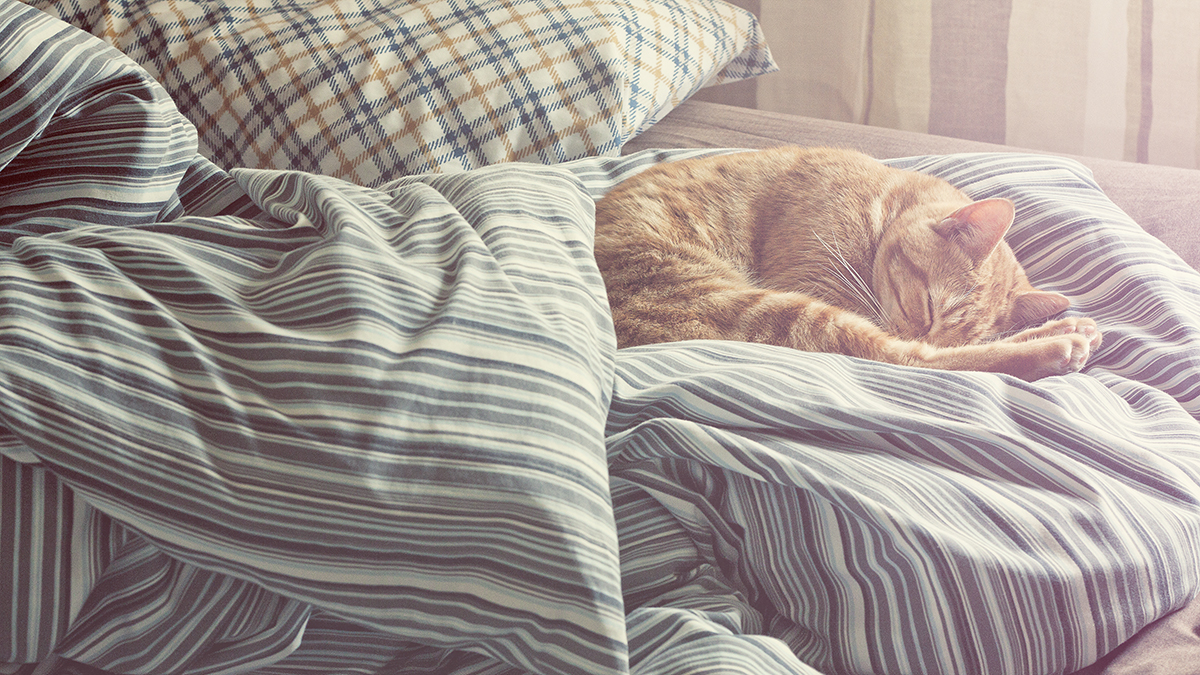Dust mites and sweat: what builds up on a mattress when it isn't cleaned?
Your mattress houses all sorts of nasties if not protected or cleaned – here cleaning experts explain exactly what's lurking under the covers

When was the last time you showed your mattress some TLC? And what builds up on that soft, pillowy surface when it isn’t cleaned regularly? Dust mites, sweat and pet dander are just a few of the things you can expect. Even if you have recently invested in the best mattress for your sleep, keeping it fresh from the start will help it last longer (and save you money).
As Yordan Yordanov, a mattress cleaner from Fantastic Services, tells us: “While most people tend to agree that buying a quality mattress is essential for a good night's sleep, keeping it clean is just as important in order to prevent allergies and health-related issues from arising, as well as to have a high-quality sleep.
“Some people almost never clean their mattress until it rips open, which is the wrong way to look at it,” Yordanov argues. “We spend approximately a third of our lives sleeping, so it’s right to ensure we have as much high-quality sleep as possible. Regular cleaning and maintenance are key - there is simply no other way around it.”
Our feature on how to clean a mattress talks you through the process, but for now, here’s a look at what could build up on your mattress if you don’t clean it regularly. And to get an idea of just how well you’ll be sleeping on your soon-to-be fresh and clean mattress, take a look at our guide to the best sleep trackers.
1. Layers of dust
Just like dust resides on our lamp shades, mirrors and pretty much every other surface in the house – the pesky allergen can also settle on our mattress. Yordanov explains: “Dust build-up is common on most mattresses, as dust is composed of dead skin cells, hair, dead insect parts, sand, and anything else that could be brought from the outdoors, through your open windows or on the shoes you bring indoors.
“To reduce overall dust, you should clean and dust your entire home regularly, as well as invest in an air purifier, preferably with High Efficiency Particulate Air filters.”

2. Dead skin and body fluids
From sweat to saliva and urine to faeces, if not cleaned regularly a whole cocktail of body fluids will embed themselves into your mattress. Gary Farron, from professional cleaners Silent Mites, tells us: “Stains will gradually build up over time, from various body fluids, sweat and saliva. Also dead skin cells will collect as we can shed anywhere between 15 million to half a billion dead skin cells every day. This will make it perfect for bacteria, which will multiply.”
Get daily insight, inspiration and deals in your inbox
Sign up for breaking news, reviews, opinion, top tech deals, and more.
- Drift off to the best sleep apps
3. Dust mites
This leads on nicely from the point above. Unfortunately, once our skin has been shed, it makes for the perfect feeding playground for dust mites. Farron adds: “Further down inside the mattress you can expect to find dust mites – microscopic relatives of the spider, feeding on our dead flakes of skin.
“It is estimated that a 10 year old mattress will contain more than 10lb of dead flakes of skin which is a food source for millions upon millions of dust mites, whose waste is a very potent protein that can trigger many allergies such as asthma, eczema, rhinitis, itchy skin, itchy red eyes and sneezing.
“A good mattress protector will help prevent stains and offer a guard against the build up of bacteria, fungi and dust mites. However these will just take the brunt of the problems so it is important to wash bed sheets, pillows, pillow cases and protectors regularly. Airing the mattress when you wake up will also help. Letting natural sunlight get to the bed and allowing the humidity to dry out of the mattress will all play a role in keeping the bed fresher.”

4. Pet dander
At TechRadar we love our pets beyond measure, but if you let your much-loved furry friend have 40 winks in bed with you, as snuggly and comforting as that is, you could be opening up the door to more than just a warm hug and a wet, whiskery kiss.
Melissa Homer, Chief Cleaning Officer at MaidPro, explains: “Mattresses are home to remnants of whatever is present on them regularly, including our food, our pets, and us. If your furry friends join you in bed, their dander is also adding to the party, as are the stray bits of popcorn from the movie you watched in bed the other night.”
5. Mold
If you’ve ever had mold in your home – whether it’s your bathroom or bedroom – you’ll know how much of a pain it can be. The spores thrive in warm and damp conditions, and unfortunately for us, they can get into your mattress because they’re airbourne.
Yordanov adds: “Mold is another major hazard that might develop in high-humidity areas, especially if there's poor sunlight and ventilation. It's also very difficult to remove if left untreated for prolonged periods, as it gets inside the mattress, which renders it dangerous to human health. Mold needs to be treated immediately because it has many adverse health effects, it grows fast and is especially dangerous to people with asthma.”
This advice goes for your mattress topper or pad too, so make sure you also keep those cleaned on a regular basis. And make sure to clean your headboard frequently as well. It’s especially important to quickly deal with any mold you spot on a bedding accessory before it spreads to your mattress.
Becks is a lifestyle journalist who specialises in writing about wellness and home products, from mattresses to weighted blankets and cooling comforters. She loves a good pillow for drifting off easily at night, as well as a snug duvet for cozier sleeping.
